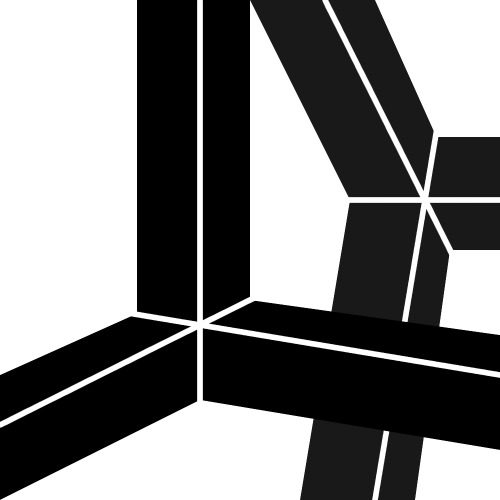http://youtu.be/D7AIiTeKBUc
-
Edgar Varése: Poème électronique (1958)
-
What the Future Sounded Like – part 1 of 3 – YouTube
http://youtu.be/YtktHPCoYgw
-
Doctor Who (1963) – Original Theme music video – YouTube
-
Delia Derbyshire – Sculptress of Sound documentary 1/7 – YouTube
-
People Who Do Noise – YouTube
http://youtu.be/jYRw-fEG874
-
Notes on metamodernism
Notes on metamodernism is a webzine documenting trends and tendencies across aesthetics and culture that can no longer be understood by a postmodern vernacular but require another idiom – one that we have come to call metamodernism. Written by academics and critics from around the globe, Notes on metamodernism features observations on anything from the Berlin art scene to US cinema, from London fashion shows to network cultures.
-
Metanarrative
A metanarrative from meta grand narrative, in critical theory and particularly postmodernism, is an abstract idea that is thought to be[who?] a comprehensive explanation of historical experience or knowledge. According to John Stephens, it “is a global or totalizing cultural narrative schema which orders and explains knowledge and experience”.[1] The prefix meta- means “beyond” and is here used to mean “about”, and narrative is a story constructed in a sequential fashion. Therefore, a metanarrative is a story about a story, encompassing and explaining other “little stories” within conceptual models that make the stories into a whole.In postmodern philosophy, a metanarrative is an untold story that unifies and totalizes the world, and justifies a culture’s power structures. Examples of these stories are nationalisms, religion, and science, to name a few. Metanarratives are not usually told outright, but are reinforced by other more specific narratives told within the culture.In communication and strategic communication, a master narrative or metanarrative is a “transhistorical narrative that is deeply embedded in a particular culture.”[2] A master narrative is therefore a particular type of narrative, which is defined as a “coherent system of interrelated and sequentially organized stories that share a common rhetorical desire to resolve a conflict by establishing audience expectations according to the known trajectories of its literary and rhetorical form.”[2]
-
C N C P T N

+ Wouter Huis – Sentences Conceptual After the written sentences of Sol Lewitt, sung by John Baldessari in 1972. Wouter Huis is a Dutch visual and sound artist working across a variety of media. Sol Lewitt’s Sentences on Conceptual Art can be found at altx.com/vizarts/conceptual.html
+ Wouter Huis – Sentences Conceptual
After the written sentences of Sol Lewitt, sung by John Baldessari in 1972.
Wouter Huis is a Dutch visual and sound artist working across a variety of media. Sol Lewitt’s Sentences on Conceptual Art can be found at altx.com/vizarts/conceptual.html
via C N C P T N.
-
Frequency response
Frequency response is the quantitative measure of the output spectrum of a system or device in response to a stimulus, and is used to characterize the dynamics of the system. It is a measure of magnitude and phase of the output as a function of frequency, in comparison to the input. In simplest terms, if a sine wave is injected into a system at a given frequency, a linear system will respond at that same frequency with a certain magnitude and a certain phase angle relative to the input. Also for a linear system, doubling the amplitude of the input will double the amplitude of the output. In addition, if the system is time-invariant, then the frequency response also will not vary with time.
-
Sonic Visualiser
Sonic Visualiser 1.0 showing a waveform pane and a melodic range spectrogram pane. (The music is “After the Pain” by Carlos Pino.)
Overlaid on the spectrogram is a note layer, showing the output of a note-tracker Vamp plugin that is being evaluated. The notes from the tracker are played using a piano sample, configured in the plugin dialog visible.
via Sonic Visualiser.
Got any book recommendations?